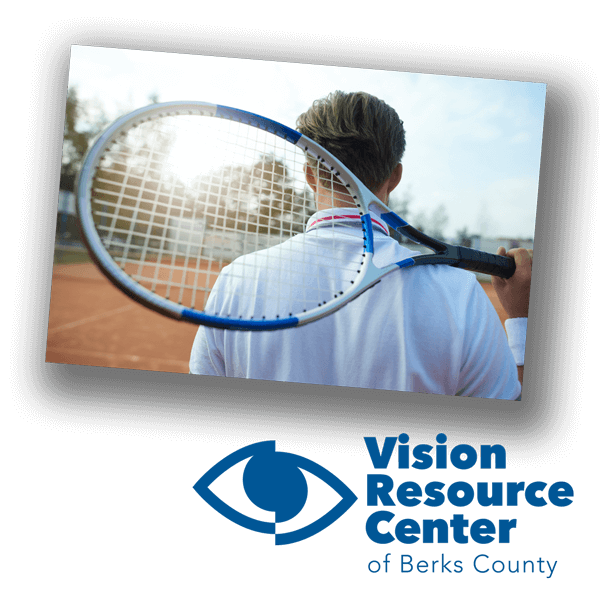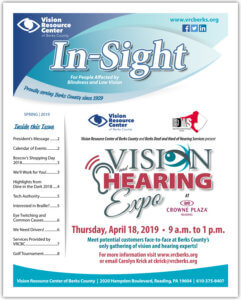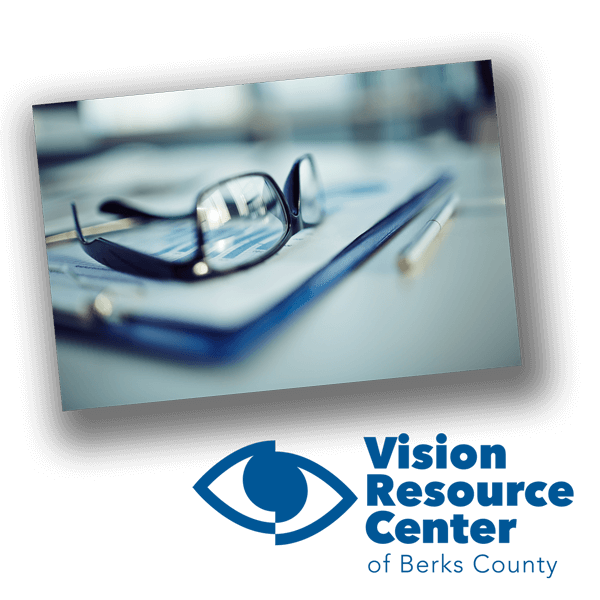Prevent Blindness Declares March as Workplace Eye Wellness Month to Educate on Ways to Protect Vision on the Job
Prevent Blindness has declared March as Workplace Eye Wellness Month to provide employers and employees with free information on the dangers of blue light, digital devices and vision, and eye injury prevention in order to promote eye health at work.
The largest source of blue light is sunlight. However, there is concern over the long-term effects of screen exposure (from television screens, computer monitors, smart phones, and tablet screens) because of the close proximity of the screens and the length of time spent looking at them, such as during the workday combined with leisure time. Early research shows that too much exposure to blue light could lead to:
Digital eyestrain – Fatigue, dry eyes, bad lighting, or how one sits in front of the computer can cause eyestrain. Symptoms of eyestrain include sore or irritated eyes and difficulty focusing.
Retina damage – Studies suggest that continued exposure to blue light over time could lead to damaged retinal cells. This can cause vision problems such as age-related macular degeneration or cataract.
According to a recent report from The Vision Council, “Blue Light Exposure and Digital Eye Strain,” 87 percent of survey respondents use digital devices more than two hours per day and over 52 percent regularly use two digital devices simultaneously.
Once again, Prevent Blindness is partnering with Healthe and its EyeSafe® technologies. Healthe will donate a portion of the sales of its EyeSafe products, including protective covers for digital phones, tablets and computer monitors that reduce exposure to harmful digital UV and High-Energy Visible (HEV) blue light emitted from such devices, to Prevent Blindness in support of its children’s eye health programs and resources.
“As we spend more and more time on digital devices, at work or at play, we need to make sure we take care of our vision,” said Hugh R. Parry, president and CEO of Prevent Blindness. “By talking to an eye care professional and getting the proper recommendations, we can make sure we protect our eyes for the future.”
To help prevent an eye injury at work, Prevent Blindness recommends:
- Know the eye safety dangers at work-complete an eye hazard assessment
- Eliminate hazards before starting work. Use machine guarding, work screens, or other engineering controls)
- Use proper eye protection such as non-prescription and prescription safety glasses, goggles, face shields, welding helmets, or full-face respirators.
Prevent Blindness also offers a Work Safety module as part of its free program, the Healthy Eyes Educational Series. Each module in the series includes a Presentation Guide and corresponding PowerPoint presentation on a relevant eye health topic such as adult eye disorders, eye anatomy, healthy living, low vision and various safety topics. Fact sheets can be downloaded at any time from the Prevent Blindness website for use as handouts to accompany the presentation.
To find out more about workplace eye health topics, please call Prevent Blindness at (800) 331-2020.
Download a copy of the Workplace Eye Safety Press release.







